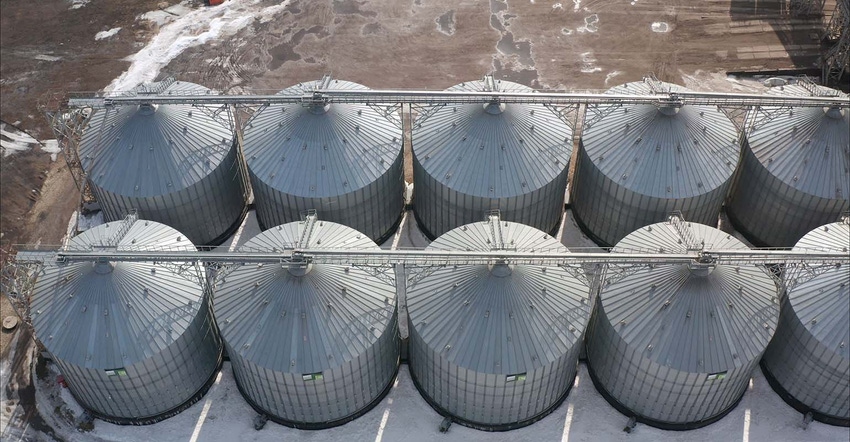
The vast majority of the 2021 corn and soybean crop is harvested, or will be, within the next couple weeks. Now what? For producers with enough on farm storage to store the bulk of corn and soybeans, the job now is to merchandise those commodities for the best price you can find. But when is the best time to sell? How do you know when you’re seeing the best price of the year?
Obviously, no one knows the answer to this question. But there are many outside factors that will dictate price movement over the next few months as you market grain. Let’s examine a few of these factors that could positively or negatively impact commodity prices.
USDA reports
One factor is USDA and the numbers it will publish over the next few months. In the November WASDE report, soybean yield and production numbers were reduced -- not what the market expected. As a result, soybean futures ran higher and pulled corn up with it. This was a pleasant surprise for producers that have plenty of bushels yet to market. The bullish run continued, as corn finished the week 24 cents higher and soybeans 41 cents higher.
The battle for acres between corn, soybeans and wheat has already started and will continue over the next few months. Could higher input costs associated with corn give the market the perception that corn needs to buy acres from wheat and soybeans? In March, USDA will publish their Prospective Plantings report which will undoubtedly move the markets one direction or the other.
South American weather
Another outside factor that will dictate price movement is South American weather. A record number of soybean acres were recently planted in Brazil, Argentina, and Paraguay, but will they get favorable weather to grow a record number of bushels? The market will undoubtedly fluctuate depending on how the South American crop is progressing. If the market perceives a healthy, productive South American soybean crop, that could cause soybean prices to work lower. Conversely, if the crop is too wet or too dry, soybean prices could work higher.
Exports and domestic demand
A final outside factor to watch will be exports and the domestic production of ethanol and soybean byproducts. Currently, ethanol production is very solid as we return from Covid-related lockdowns and people drive more. Higher ethanol production numbers are exactly what a producer with bins filled with corn likes to see. On the soybean side, production of meal and oil has been really strong and provides a strong market for a producer with soybeans stored at home. You have probably noticed favorable basis offers from your nearest ethanol plant and soybean processor because they need those two commodities to maintain current production levels.
While the domestic use of corn and soybeans is very good right now, the export program to other world markets will be something to watch closely. If the aforementioned South American crop is in peril, will China start making large purchases of U.S. soybeans to protect against a potential shortfall? What if the South American crop is a record breaker? How would this affect the market?
Because there is always price risk, I advise using put options and call options to gain control of your marketing during volatile times. Make a plan that allows you to manage both bullish and bearish markets, because if you do nothing to manage risk, you are assuming it.
Contact Advance Trading at (800) 664-2321 or go to www.advance-trading.com.
Information provided may include opinions of the author and is subject to the following disclosures:
The risk of trading futures and options can be substantial. All information, publications, and material used and distributed by Advance Trading Inc. shall be construed as a solicitation. ATI does not maintain an independent research department as defined in CFTC Regulation 1.71. Information obtained from third-party sources is believed to be reliable, but its accuracy is not guaranteed by Advance Trading Inc. Past performance is not necessarily indicative of future results.
The opinions of the author are not necessarily those of Farm Futures or Farm Progress.
About the Author(s)
You May Also Like






